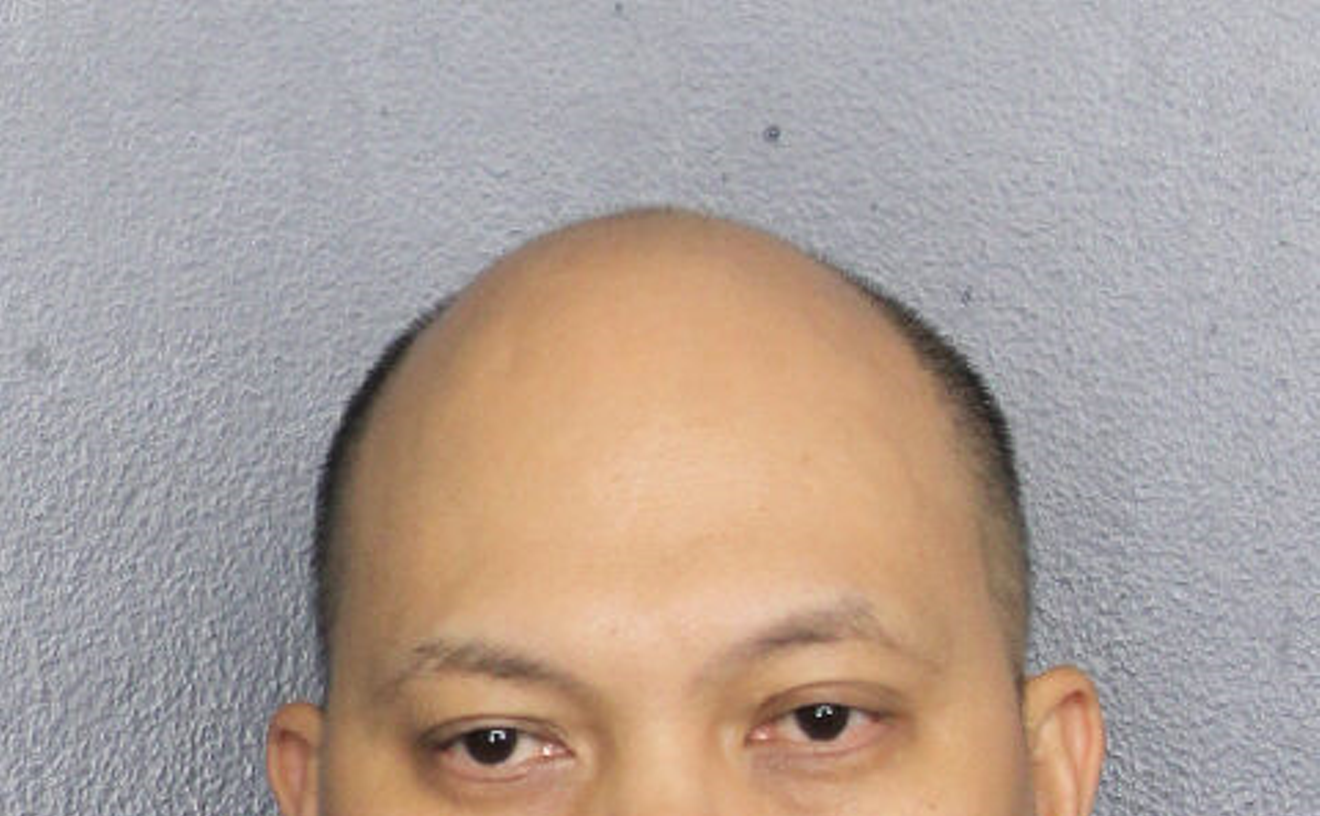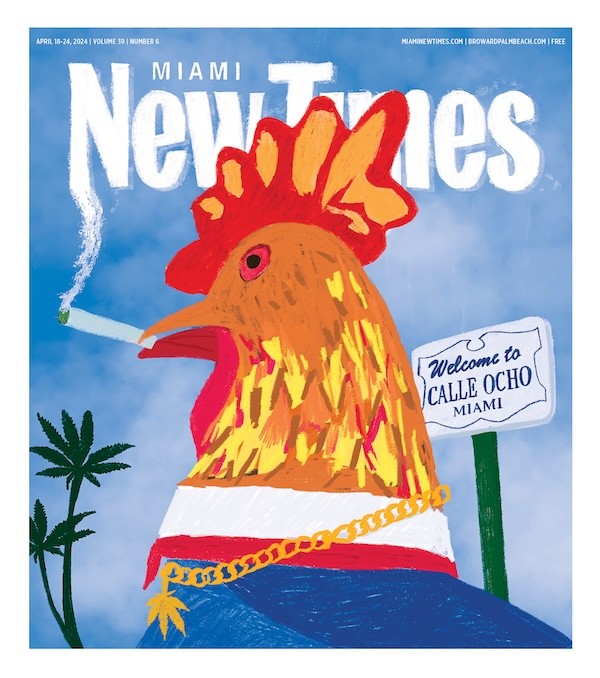In this week's print edition of New Times, you'll find a feature story on the warring opinions over Florida's sex offender registry. It's also not the only piece of journalism around town this week diving into the issue.
Over the last three days the Sun-Sentinel has dropped a large-scale investigation into the state's Jimmy Ryce law, a safeguard designed to keep the state's worst sex offenders locked up after their prison time. Even though the investigation's data-mining turned up some troubling trends, the series was a textbook knee-jerk sex offender story: the data took a backseat to a parade of horror stories, painting a slightly intellectually dishonest picture of the situation.
See also: Sympathy for the Devils: Should Sex Offenders Have More Rights? Or None at All?
"I think the story wasn't inaccurate, it was not inaccurate, but it was somewhat misleading," Dr. Jill Levenson, an associate professor of psychology, told New Times this week. "These are exceedingly rare events."
First off, we can all agree that the crimes uncovered by the series were terrible, horrible failures of the system. The story is a good piece by that standard. But by juggling data points with up-close camera shots of victims, the Sun-Sentinel has written the kind of series that's always at odds with itself.
There's an inherent conflict between data and anecdote here, number-crunching and tabloid sensationalization. And as we all know, the latter - these emotional horror stories that tap directly into our deepest fears for ourselves and out children - stick more easily to the reader than any number set. But it's also that emotional jolt that keeps a reader from contextualizing the data.
By the paper's own methodology, 31,000 people have been screened since the program was founded in 1999.
The paper flagged 594 offenders who Jimmy Ryce program failed to grab. That number represent 1.9 percent of the 31,000 screened by the program. The paper's own methodology notes that the actual sample size is smaller, that "more than half" of the screened individuals had "limited ability" to commit more crimes, although "limited ability" seems a little vague. The paper notes "10,000 returned to prison," "1,800 were never released, and more than 4,800 died, were deported or moved to another state" (but did they re-offend before dying, deportation, or kicking out for another state? That's not mentioned). So here the paper seems to be saying that16,600 of the 31,000 screened didn't have a chance to re-offend. That leaves 14,400 individuals, and the 594 would represent 4.1 percent of that total.
The series also does not give us the big picture context of what slice of the sex offender population we're dealing with. As of April 2011, there were 55,847 people on Florida's sex offender registry. 84 percent of that number fell into the sex offender category (46,911 offenders), and 16 percent were designated in the more serious sexual predator category (around 8,935). Although the Jimmy Ryce act patrols the worst of the worst, the Sun-Sentinel series is clearly going to have an impact on that entire number.
Some people feel that the empirical jolt of the headlines is the best way to assess the threat predators present, that studies are inherently faulty or guided by their own agendas. If that's where you stand, you could say the same for big time daily newspaper investigations.
The paper showed how the state has failed to keep the worst offenders off the street -- an important point. But these are the bad guys we can all agree need to be closely watched. The state's current system also calls for a debate about grey-area cases and the less sensational, tabloid-ready moments when our institutions break down. This kind of high-volume outrage drowns out those conversations.
Follow @NewTimesBroward











